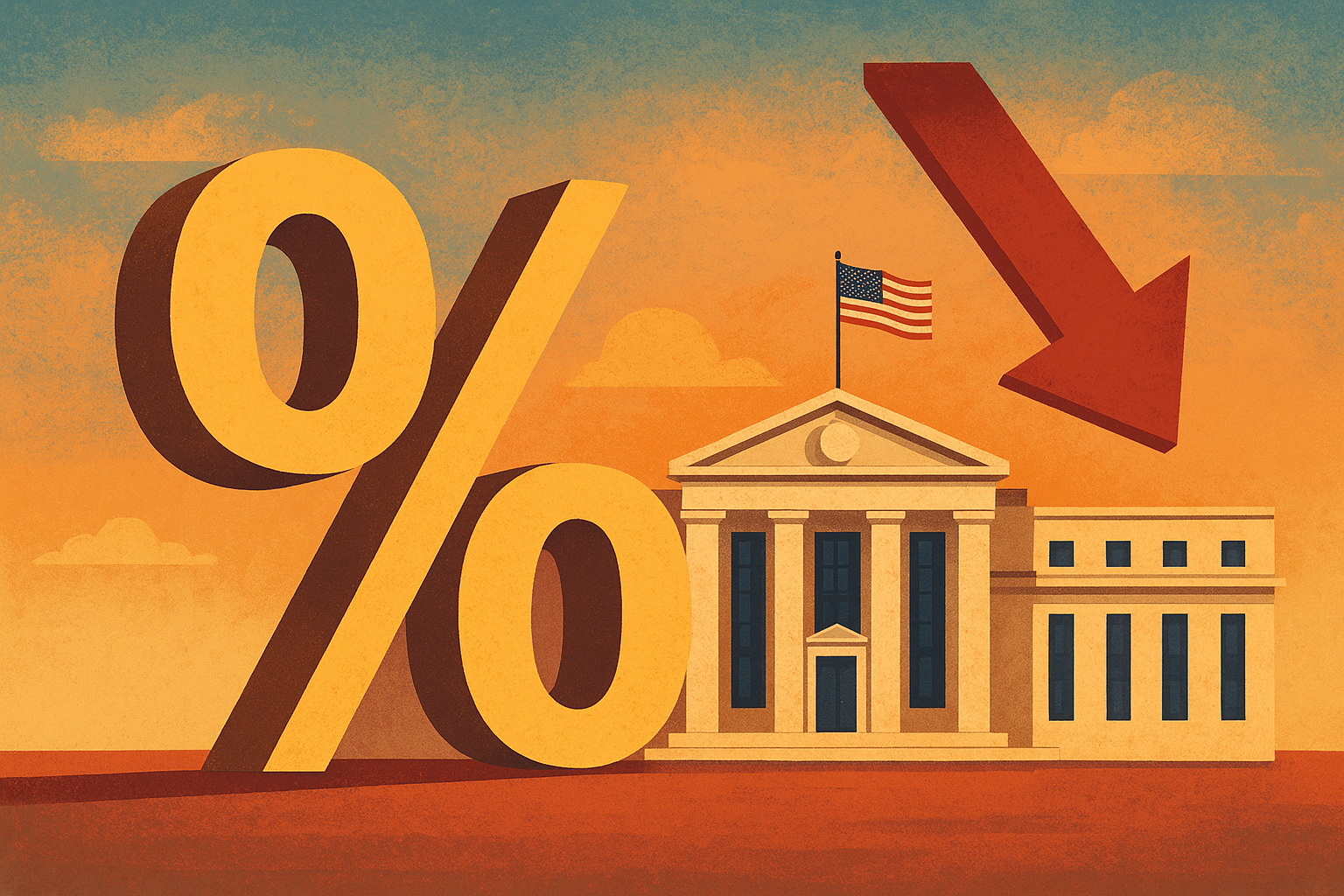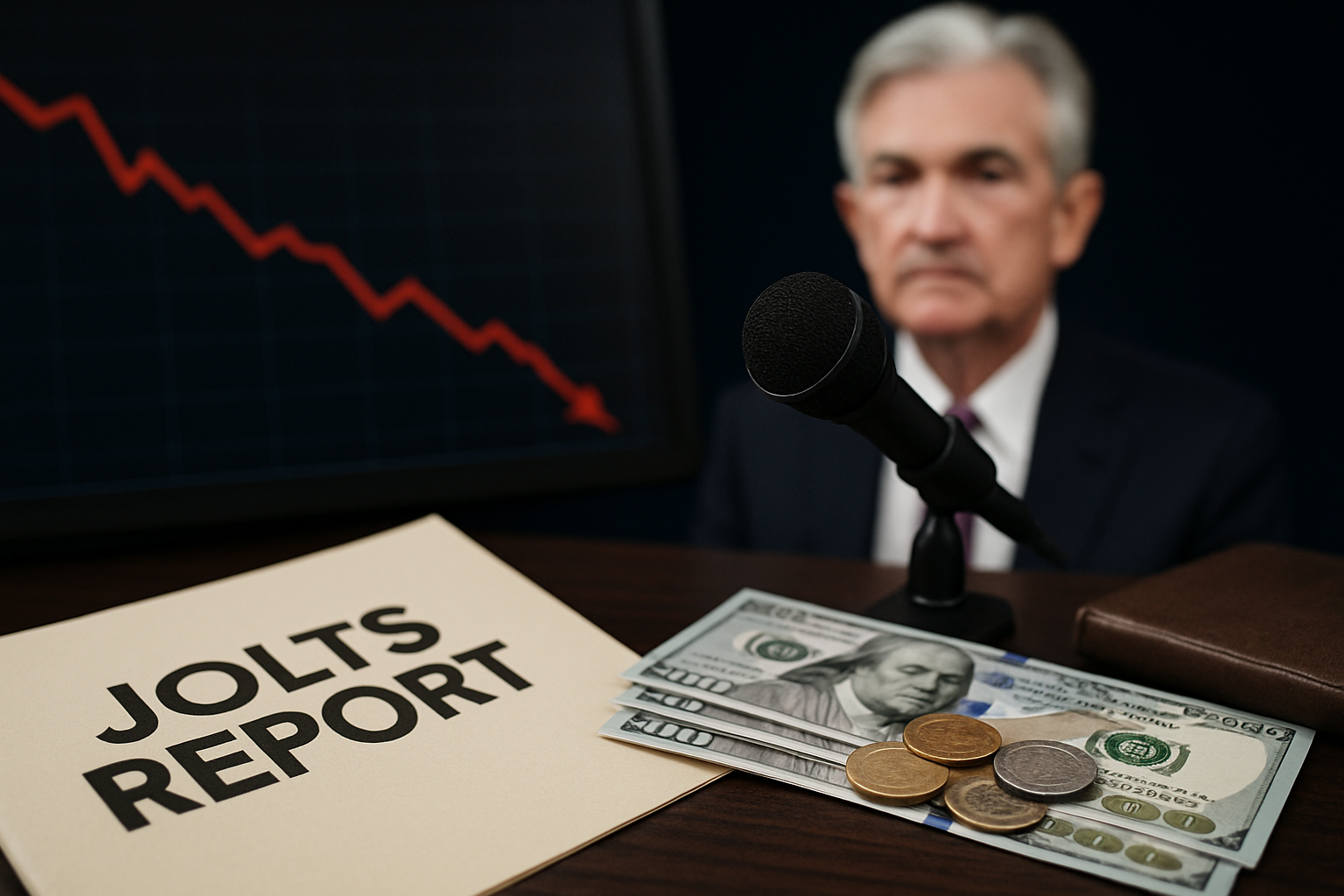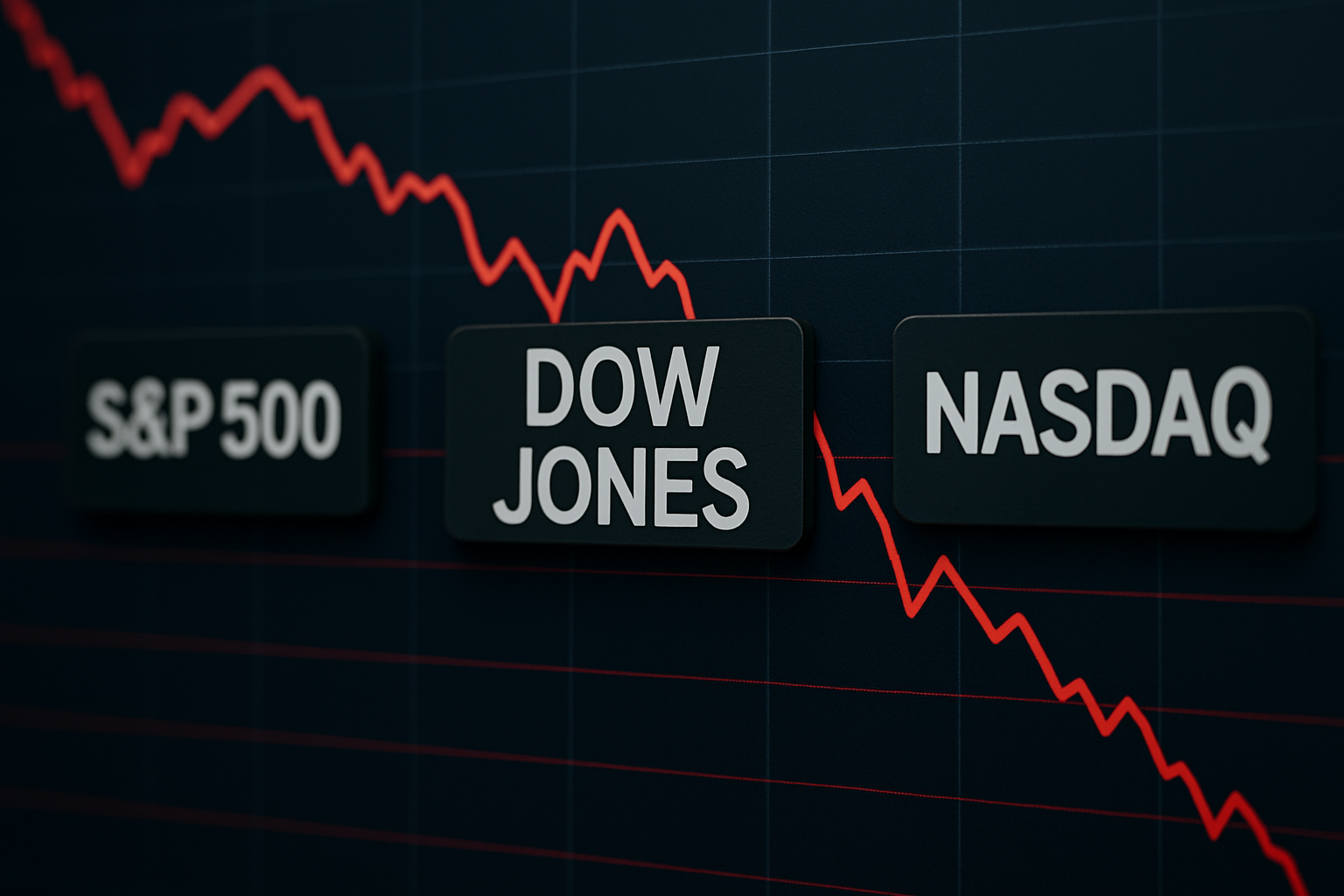Markets are bracing for a pivotal shift in U.S. monetary policy. According to a Reuters poll of economists, the Federal Reserve is almost certain to cut its policy rate by 25 basis points at its September 17 meeting, lowering the target range to 4.00%–4.25%. Analysts widely expect at least one additional rate cut before year-end, as signs of a weakening labor market and slowing growth intensify pressure on policymakers.
Why This Matters for Investors
The Fed’s next move has far-reaching consequences for nearly every asset class. A rate cut will be the central bank’s first in nearly two years, reversing the aggressive tightening cycle that began in 2022. The shift reflects concerns that high borrowing costs are weighing on corporate investment, consumer spending, and job creation.
Markets are already pricing in easing: U.S. Treasury yields have softened in recent weeks, while equity markets, particularly tech and growth sectors, have rallied on the prospect of cheaper capital. Yet, the potential for volatility is high. If the Fed signals a more cautious path—or inflation data surprises to the upside—investors could see sudden repricing across equities, bonds, and commodities.
Fed Policy in Focus
The Fed’s balancing act is delicate. Inflation, while easing from its 2022–2023 peaks, remains above the 2% target, hovering near 3.2% in August, according to the Bureau of Labor Statistics. Core inflation has proven sticky, especially in housing and services. At the same time, unemployment ticked up to 4.5%, its highest in over three years, suggesting the labor market is cooling faster than expected.
For Chair Jerome Powell and his colleagues, cutting too aggressively risks fueling another inflationary wave, but holding too long could trigger a deeper economic slowdown. Political pressure also looms large, with the 2026 midterms on the horizon and Fed independence once again a point of debate in Washington.
Market Reactions and Sector Implications
- Growth & Tech Stocks – Lower rates tend to support higher valuations, particularly in sectors like AI, cloud computing, and biotech, where companies rely on cheap capital to fuel expansion.
- Rate-Sensitive Sectors – Real estate investment trusts (REITs), utilities, and high-dividend stocks may benefit as borrowing costs decline and yield competition eases.
- Fixed Income – Bond investors should prepare for flattening yields as Treasuries rally on easing expectations. However, risks remain if inflation surprises persist.
- Commodities – Gold, already near record highs, could see further inflows as investors hedge against currency weakness and macro uncertainty.
Future Trends to Watch
- Inflation Trajectory – If headline or core inflation stalls above 3%, the Fed may slow or even pause rate cuts, unsettling markets.
- Global Central Banks – The European Central Bank and Bank of England face similar pressures. Coordinated easing or divergence could reshape global capital flows.
- Election-Year Dynamics – Political scrutiny of Fed policy will intensify heading into 2026. Investors should expect volatility tied not only to economic data but also to political rhetoric.
- Corporate Earnings Impact – As borrowing costs fall, companies with heavy debt loads may see relief, potentially boosting earnings growth in 2026.
Key Investment Insight
The coming Fed rate cuts represent both opportunity and risk. For investors, growth stocks and rate-sensitive sectors could outperform, but inflation uncertainty remains a critical wildcard. Maintaining a balanced approach—hedging with safe-haven assets like gold, while selectively rotating into sectors positioned to benefit from easing—may prove the most prudent strategy.
The path of U.S. monetary policy will continue to be the defining force in markets through year-end. Stay with MoneyNews.Today for daily insights that keep you ahead of shifting trends in politics, policy, and investing.





